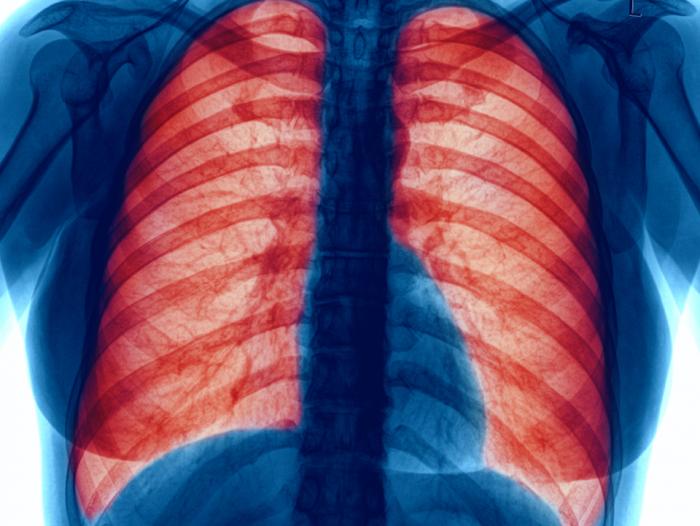<p style="text-align: justify;"><span style="font-family: verdana, sans-serif;"> </span><span style="font-family: verdana, sans-serif;">Vascular disease is the most common risk factor for coronary heart disease and heart attack. This condition also causes stroke since it is affecting the arteries in your neck. There are two most common types of vascular disease – one is peripheral arterial disease or PAD and the other one is peripheral vascular disease or PVD. PAD is a common circulatory condition in which there is a narrowing of the peripheral arteries to the stomach, legs, arms, and head. This means that these affected areas don&#8217;t receive the right amount of blood flow to keep up with demand. On the other hand, PVD is the class of diseases of blood vessels outside your heart and brain. It happens when there’s a narrowing of vessels, responsible for carrying blood to the arms, stomach or kidneys, and legs.</span></p>
<p style="text-align: justify;"><img class="aligncenter size-full wp-image-4548" alt="What Are The Top Causes Of Vascular Disease" src="https://medusamagazine.com/wp-content/uploads/2015/12/What-Are-The-Top-Causes-Of-Vascular-Disease.jpg" width="700" height="526" /></p>
<p style="text-align: justify;"><span style="font-family: verdana, sans-serif;">The exact cause of vascular disease is still unknown. However, there are several risk factors accelerate the formation of vascular disease:</span></p>
<p style="text-align: justify;"><span style="font-family: verdana, sans-serif;"><b>Smoking</b> – according to the experts, one of the factors that may increase the risk of having vascular disease is cigarette smoking. In case you already have a vascular disease and you begin smoking, it can further damage your aorta since the tobacco can cause the aneurysm to grow even faster. The best advice is to quit smoking and maintain a healthy lifestyle. Nowadays, many offer assistance to help you stop smoking, such as GP practice, local pharmacies, and local hospital.</span></p>
<p style="text-align: justify;"><span style="font-family: verdana, sans-serif;"><b>Diabetes</b> – patients with vascular diseases is advised to have regular check up on blood sugar or glucose level whether they have or do not have diabetes. There are instances when you may have a glucose level that is not high enough to be diabetic, but is not low enough to be normal or glucose intolerance. It is important to control the sugar level in your diet to ensure the blood glucose level is not rising.</span></p>
<p style="text-align: justify;"><span style="font-family: verdana, sans-serif;"><b>High blood pressure</b> –as a patient with vascular diseases, your blood pressure should regularly be checked to ensure that it is reaching a target of 140/85. You may be advised to take medications to ensure that your body is keeping your blood pressure to the amount provided by your healthcare professional.</span></p>
<p style="text-align: justify;"><span style="font-family: verdana, sans-serif;"><b>Gender</b> – being male increases your chances of having vascular diseases. Once past the menopausal period, women’s risk becomes similar to men.</span></p>
<p style="text-align: justify;"><span style="font-family: verdana, sans-serif;"><b>Family history</b> &#8211; if someone from your family such as your parent or sibling has already experienced any types of vascular disease, then you are more likely to have vascular disease.</span></p>
<p style="text-align: justify;"><span style="font-family: verdana, sans-serif;">Based on the risk factors mentioned above, it shows that some causes of vascular diseases cannot be changed and cannot be avoided. However, you do have control over other risk factors such as weight and vices. You can lower your vascular disease risk by doing simple and non-complicated things. To protecting your blood vessels and heart, you can do regular brisk walks, maintain a healthy diet, and maintain a healthy weight.</span></p>
<p style="text-align: justify;"><span style="font-family: verdana, sans-serif;">It also advised that the changes in your body should not be abrupt. You can do these changes gradually and one at a time. However, doing these lifestyle changes doesn’t guarantee that you will be free of any possibilities of acquiring vascular disease. There are some types of this condition that could develop.<br />
</span></p>
<p style="text-align: justify;"><span style="font-family: verdana, sans-serif;">To learn more about the types of vascular diseases, don’t hesitate to get in touch with Vascular and Interventional Centre. With their team’s expertise in the industry, they can help you understand, cure, and manage vascular diseases. Visit their website for questions or to schedule a personalized appointment today.<br />
</span></p>

What Are The Top Causes Of Vascular Disease?
